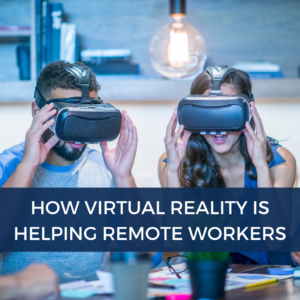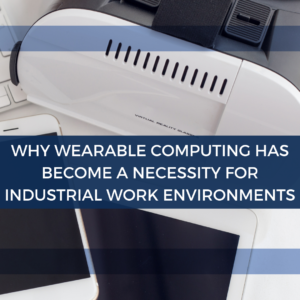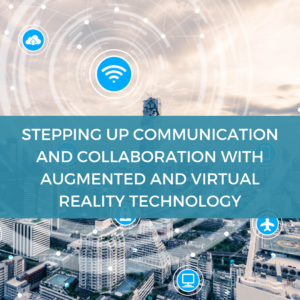Data Visualization
With 65% of the global population being visual learners, it’s no wonder that data scientists devote 21% of their time making data visualizations.
Over 2.5 quintillion bytes of data are created daily. This includes streams of customer-related data. When data collection is efficient, businesses can use them to customize marketing campaigns and increase the customer’s lifetime value.
Virtual reality helps users appreciate data more in the following ways:
Unlimited presentation options
With VR, people can present data as a multi-dimensional model on a 3D canvas instead of 2D Excel sheets, pie charts, and bar graphs. Data becomes the environment that people can walk through.
Take the case of the Virtual Reality Network Visualizer developed at the University of Cambridge’s Institute for Manufacturing. The VR tool allows users to explore a company’s supply chain network using a VR headset and controllers.
Intuitive experience
Compared with 2D graphics, VR visualizations—such as the ones produced by LookVR—offer more dimensions such as lighting, haptics, and depth, plus a larger field of view. Moreover, users can observe changes in one variable and how it impacts other variables. This makes it easier for users to make connections or do cross-referencing.
Greater focus
With fewer distractions in a virtual reality setting, people can see patterns and trends faster. This can improve the speed by which they can identify and respond to risks and problems. Platforms like Virtualitics can allow e-commerce owners to identify clusters of similar customers and compare each cluster better by customizing the look of each data set according to color, size, and shape.
Overcoming Language Barriers
Language learning can be less intimidating and more immersive through virtual reality. For example, VirtualSpeech offers tutorials to non-English language speakers who need to learn English to be more competitive at work.
The VR app’s photo-realistic environments prepare users for actual business situations such as going to a job interview, leading team meetings, and delivering speeches. The app also analyzes speech so that users can gain instant feedback on their fluency, pacing, eye contact, and more.
Creating Common Spaces
Self-isolation and social distancing measures in the new normal will make VR tools necessary in collaborating for work or play. Users can benefit in the following ways:
Telepresence
Video calls via FaceTime and Zoom fail at giving a sense of “shared place.” On the other hand, virtual reality can provide room-scale and co-presence for organizing and staging virtual events, tours, onboarding, and training for the workplace.
Some companies like eXp Realty have gone to the extent of migrating their main offices to the virtual world. Employees download software developed by VirBELA onto their computers that allows them to attend meetings, share documents, and get technical support in eXp World.
Creativity
Virtual settings can be set up to be less intimidating than regular video conferences. Coupled with their new digital appearance, participants can feel freer to share creative ideas. Engineers at Hyundai and Kia are already using virtual reality for their car design evaluation system.
Sense of privacy
Representing one’s self through avatars can help users protect their identity and physical location when a meeting involves many people who may not know one another that closely.









